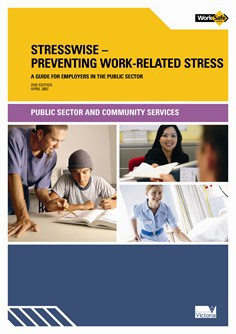In the aims of most of the Australian OHS legislation is
“to eliminate, at the source, risks to the health, safety and welfare of employees and other persons at work…”
I have written elsewhere on how this conflicts with the push for “reasonably practicable” but the need to remember this important aim was emphasised by a study undertaken by the Graduate School of Public Health and the School of Medicine at the University of Pittsburgh and published in the January 2009 issue of “Neuropsychology”, which is published by the American Psychological Association.
The researchers followed up on the 1982 Lead Occupational Study, which assessed the cognitive abilities of 288 lead-exposed and 181 non-exposed male workers in eastern Pennsylvania. It measured “five primary cognitive domains: psychomotor speed, spatial function, executive function, general intelligence, and learning and memory.”
According to the media statement, in the 2004 follow up study,
“Among the lead-exposed workers, men with higher cumulative lead had significantly lower cognitive scores. The clearest inverse relationships – when one went up, the other went down – emerged between cumulative lead and spatial ability, learning and memory, and overall cognitive score.
This linkage was more significant in the older lead-exposed men, of at least age 55. Their cognitive scores were significantly different from those of younger lead-exposed men even when the researchers controlled for current blood levels of lead. In other words, even when men no longer worked at the battery plants, their earlier prolonged exposure was enough to matter…”
“The men who built lead batteries were exposed to it in the air and through their skin. Other occupations, including semiconductor fabrication, ceramics, welding and soldering, and some construction work, also may expose workers. The authors wrote that, “Increased prevention measures in work environments will be necessary to reduce [lead exposure] to zero and decrease risk of cognitive decline.””
Lead has been identified as a major occupational hazard for a very long time and is a good example of how “reasonably practicable” is not always a reasonable solution. Lead paint products have been banned in many countries. Asbestos similarly so. The attitude that there are “safe” levels of exposure to some industrial products is not worth pursuing in most circumstances.
Safety is similar to medicine in that both aim to “do no harm”. If Hippocrates, or Galen, were alive today they would not say
“do no harm, as far as is reasonable practicable”.
That is not a belief that will establish a centuries-old profession and it should not be blindly accepted by the safety profession in the 21st century.


